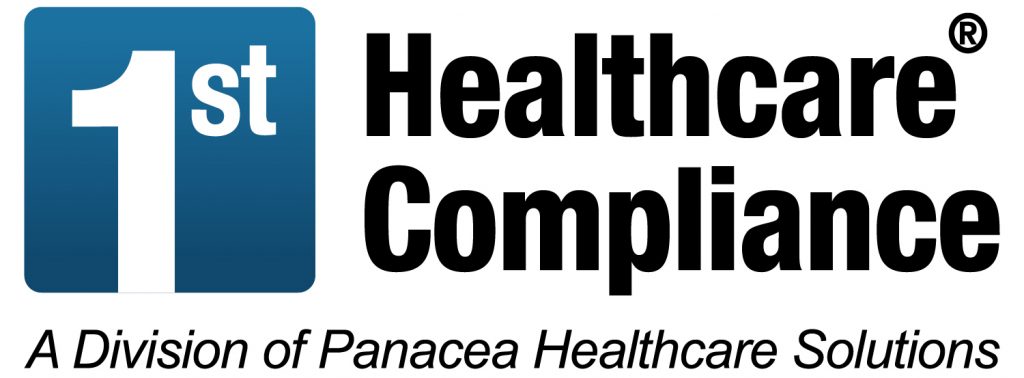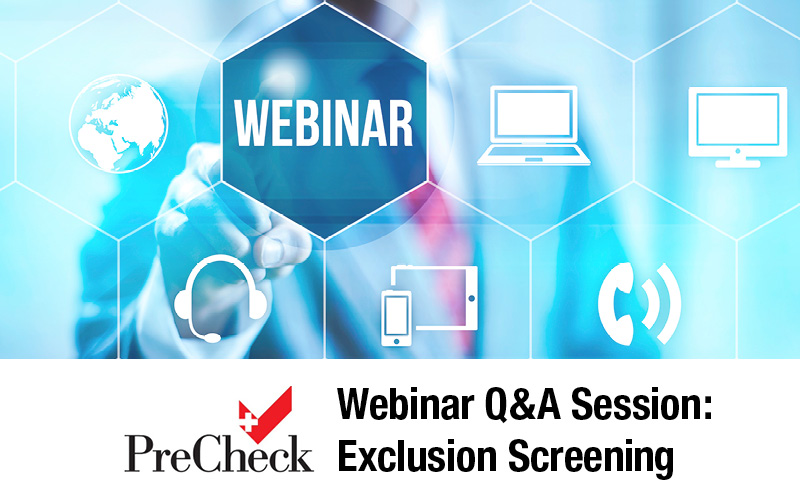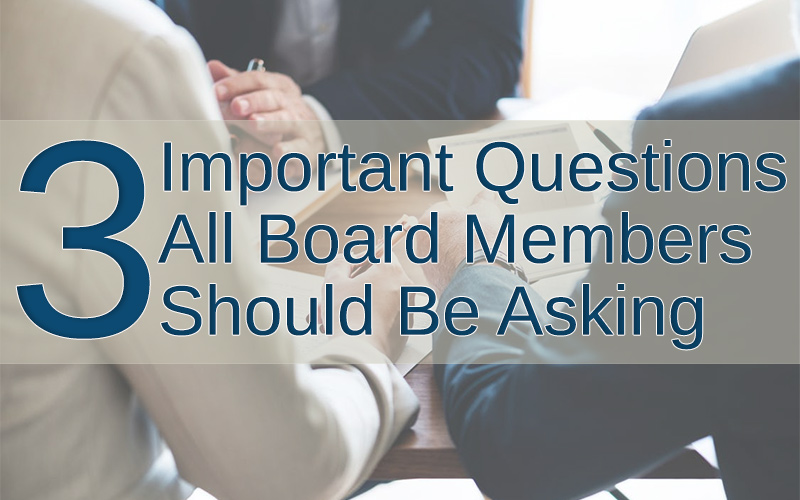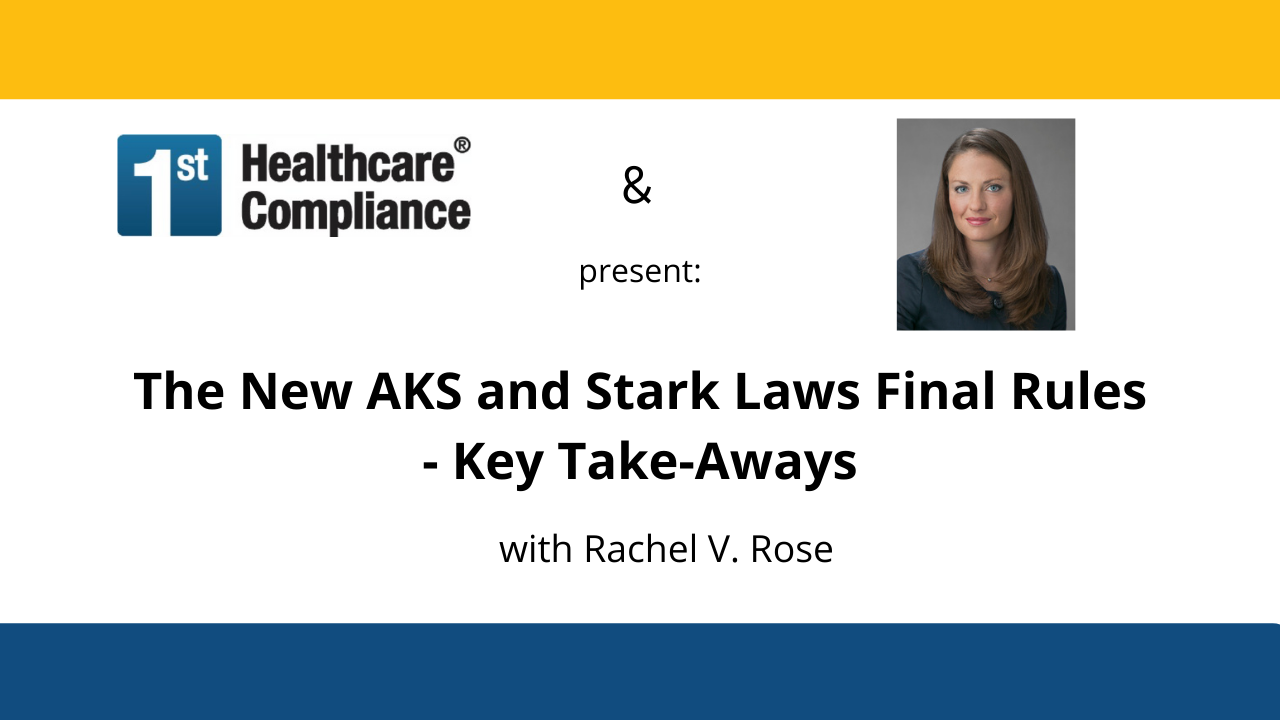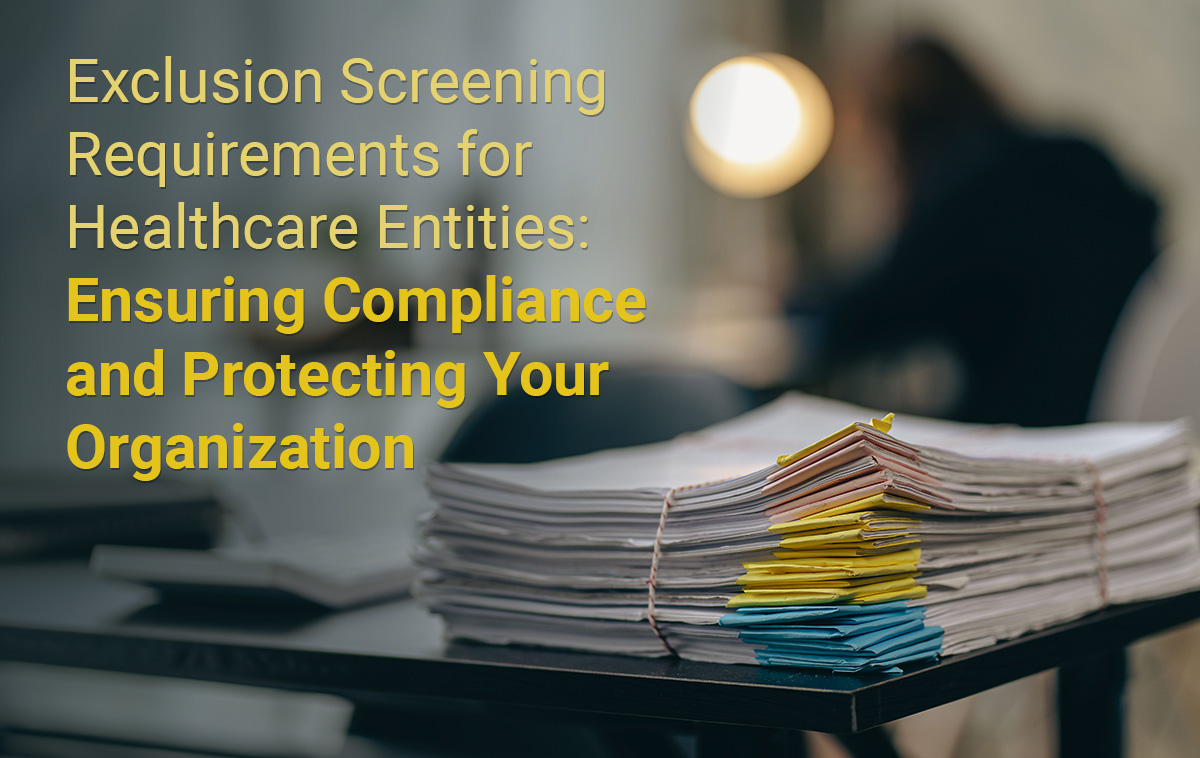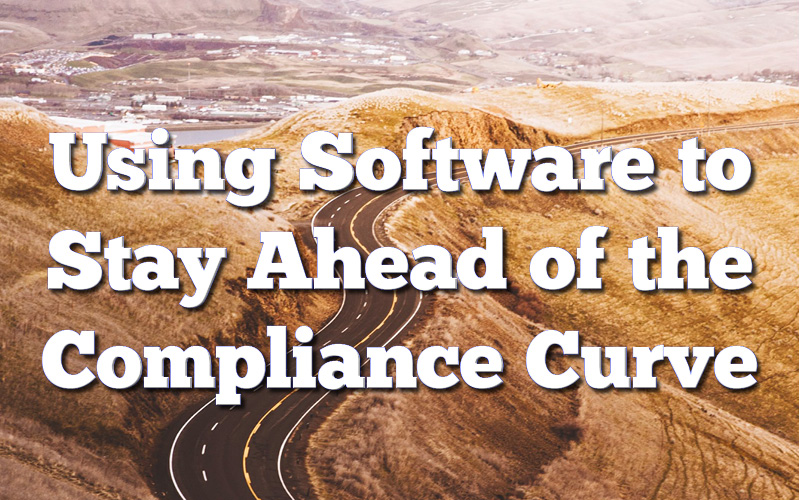Webinar Q&A Session: Exclusion Screening
First Healthcare Compliance hosted an informative webinar with Cristina Loayza, Product Manager of Precheck, titled “What Healthcare Employers Should Know About Exclusion Screening.” Click here to view the webinar.
As a recap, Cristina Loayza answers the three most common questions regarding exclusion screening.
Q: What is exclusion screening?
Healthcare service providers who receive federal healthcare funds (such as Medicare and Medicaid) are required to know if the persons or entities that they work with are excluded individuals or entities – or in other words, those who are prohibited from receiving federal healthcare funds as payments for goods or services. This is where exclusion screening comes in. It’s the act of comparing a list of employees, vendors, physicians, etc. against the list of government exclusions to ensure that funds from federal healthcare programs are not going towards payments to excluded individuals or entities.
Q: What sources should I check for exclusion screening?
There are many publicly available federal and state exclusion databases and knowing which ones to screen is largely dependent on your state and your regulators. As an industry best practice, we do recommend screening against the Office of Inspector General’s (OIG) List of Excluded Individuals and Entities (LEIE), General Services Administration’s (GSA) System for Award Management (SAM) databases as well as all of the publicly available State Medicaid Exclusion/Termination Lists.
Q: How frequently should I check for exclusions and sanctions?
This is not the easiest question to answer because frequency requirements are not always explicitly said. The OIG, while they do not require that their list be checked every month, states that they recommend monthly screening. Some State Medicaid Agencies require their enrolled providers to screen the OIG-LEIE and the SAM lists monthly while some have no prescription of how often. Because there is not always a standard to follow, you will need work with legal counsel to identify all the requirements of your regulators then look internally and decide what your threshold for risk is. When it comes to screening, the goal is primarily to know if you are working with someone who is an excluded individual and to limit the time of exposure your facility may be liable for payments to an excluded individual. Generally, the more frequently you check your exclusion sources, the less exposure to your facility.
